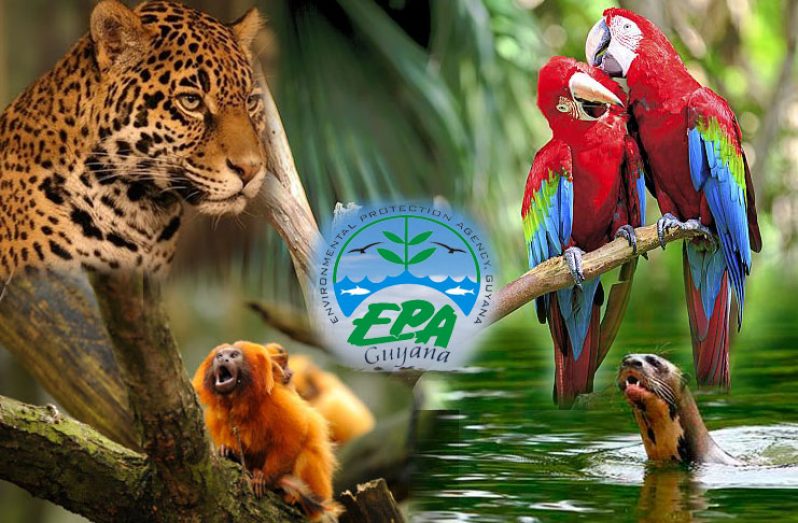GUYANA will join the rest of the world in Harnessing the Power of People to Fight Ocean Trash. On September 16, 2017, volunteers from around the world united their efforts to rid our and seas of trash in the commemoration of International Coastal Cleanup. This effort which was started by the Ocean Conservancy 31 years ago, has grown into a massive global movement with nearly 12 million people. (Ocean Conservancy, 2017)
However, despite the fact that the number of volunteers grows exponentially, the statistics on marine debris is still alarming. Data collected over the years on the types and quantities of debris found in the marine environment, point the fact that most marine debris originates from land-based sources.
Marine litter has dangerous and far-reaching consequences, this has prompted an urgent call for collective action to help deter a precarious situation. According to Ocean Conservancy (2017), “99% of all seabird species will be eating plastic by 2050,” unless something is done to curb this marine litter issue. Unfortunately, Ocean Conservancy’s analysis further states that today, plastic has been found in “62% of all seabirds and in 100% of sea turtle species.”
Here in Guyana, we can boast that our beaches in the North West Region, are the nesting grounds for four (4) of the world’s eight (8) species of marine turtles. However, it is a reality that there is trash in our waterways, which poses a threat to both the environment and health.
Data from International Coastal Clean-up 2016 was analysed and is presented in the diagram below.

TOP 10 ITEMS FOUND
Based on the analysis of data collected from around the world, it was recognised that the top 10 marine debris are from land-based sources. Additionally, the images above show the weird items collected and give an indication of the gravity of the marine litter issue. Many persons are still of the erroneous perception that litter would disappear once deposited in waterways. From 2016 results, the marine debris of the greatest concern were lost or abandoned fishing gear such as nets, lines, traps and buoys. These pose significant threat to marine wildlife, especially through entanglement. Plastic bags were the second most impactful item to marine wildlife due to the tendency of animals such as sea turtles to mistake them for food. Also making the list are items such as; plastic cutlery, bottle caps, balloons. According to the report, cigarette butts also exhibit an impact on wildlife, but less than plastic bags and fishing gear.
JOIN A CLEANUP ACTIVITY NEAR YOU
The Caribbean Youth Environment Network (CYEN) is responsible for coordinating Coastal Clean-up activities in Guyana. The Environmental Protection Agency (EPA) supports this group in its efforts every year. As such, the EPA encourages you to join the Coastal Clean-up on September 30 and October 07, 2017, either at the Kingston Seawall or Number 63 Beach – its starts at 06:00h at both locations. Come out in your numbers and reaffirm your support for ridding our waterways of trash. If you are unable to attend any of these activities, coordinate a cleanup for your community or region. Contact the EPA or CYEN for further guidance on how you can make your coastal cleanup activity a reality.
Source
https://oceanconservancy.org/trash-free-seas/international-coastal-cleanup/start-a-cleanup/
You can share your ideas and questions by sending letters to: “Our Earth, Our Environment”, C/O ECEA Programme, Environmental Protection Agency, Ganges Street, Sophia, GEORGETOWN, or email us at eit.epaguyana@gmail.com or follow us on Facebook and Instagram.



.jpg)









